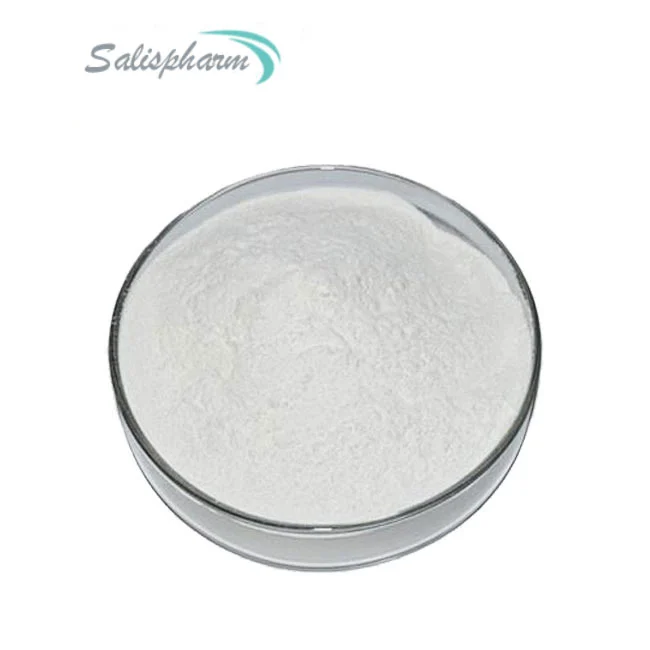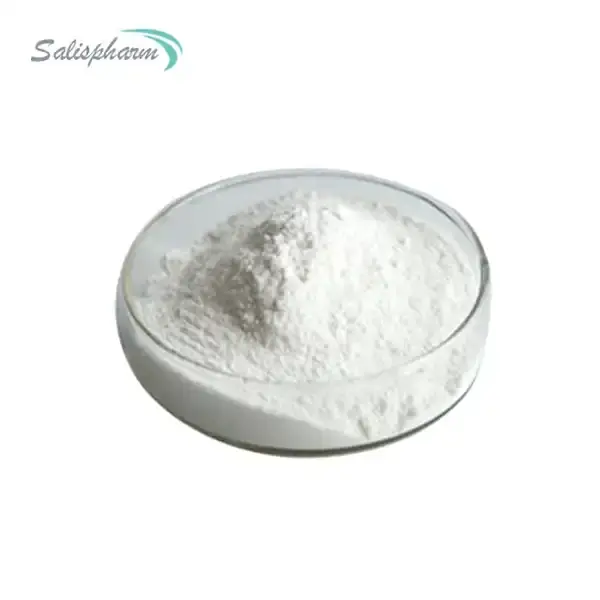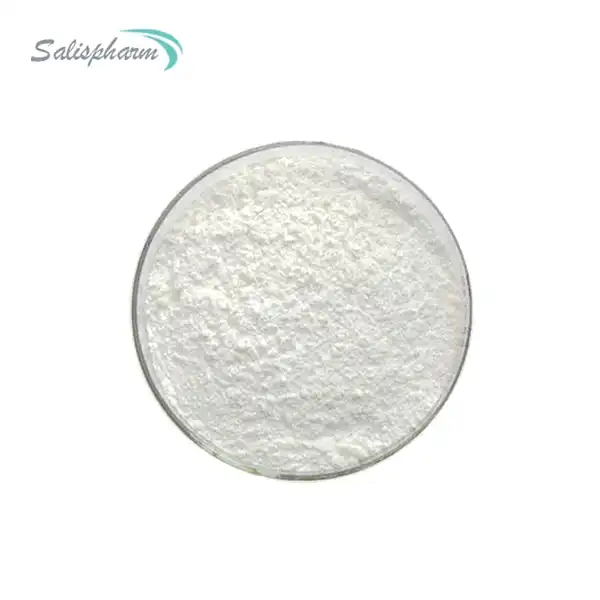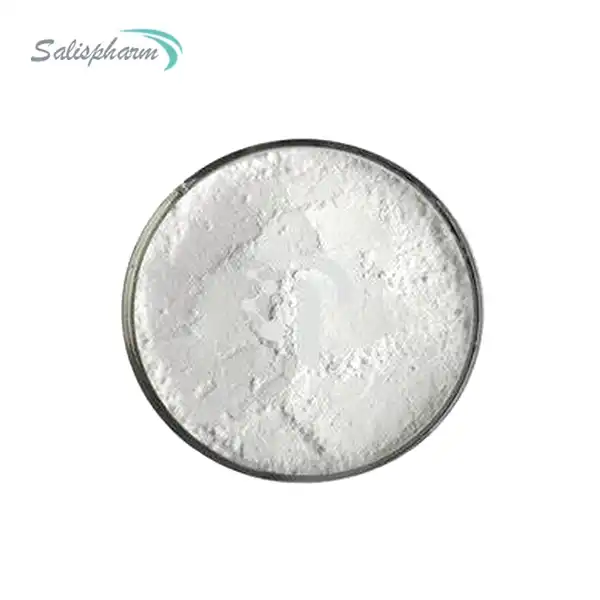Nitrofurantoin, a synthetic antimicrobial agent, has been a cornerstone in the treatment of urinary tract infections (UTIs) for over 60 years. Available in various forms, including powder, nitrofurantoin serves as an effective therapy for both acute and chronic UTIs. This comprehensive article will explore the uses of nitrofurantoin powder, its mechanism of action, and the considerations healthcare providers and patients should take into account when using this medication.
Nitrofurantoin powder is typically formulated into oral capsules or suspension, allowing for flexible dosing options. The powder form enables precise measurement and tailoring of doses, which is particularly beneficial for pediatric patients or those requiring dose adjustments. Its unique properties make it an attractive option for treating UTIs, especially in an era of increasing antibiotic resistance.
What Are the Common Indications for Nitrofurantoin Powder in Urinary Tract Infections?
Nitrofurantoin powder is primarily indicated for the treatment of UTIs caused by susceptible strains of bacteria. Its effectiveness spans a range of urinary tract infections, making it a versatile option for clinicians.
1. Acute Uncomplicated Cystitis: This is the most common indication for nitrofurantoin. It is particularly effective against Escherichia coli, the predominant causative organism in uncomplicated UTIs. The typical treatment course for acute cystitis is 5-7 days, with some regimens as short as 3 days.
2. Prophylaxis of Recurrent UTIs: For patients experiencing frequent UTIs (typically defined as 3 or more per year), nitrofurantoin can be used as a prophylactic measure. In this context, a lower dose is usually prescribed for an extended period, often several months, to prevent infection recurrence.
3. Complicated UTIs: While not the first-line treatment for complicated UTIs, nitrofurantoin may be used in certain cases, particularly when other antibiotics are contraindicated or ineffective. However, its use in pyelonephritis is generally not recommended due to inadequate tissue penetration.

4. Asymptomatic Bacteriuria in Pregnancy: Nitrofurantoin Powder is one of the preferred agents for treating asymptomatic bacteriuria in pregnant women, a condition that, if left untreated, can lead to pyelonephritis and adverse pregnancy outcomes.
The role of nitrofurantoin in the context of antibiotic resistance is particularly noteworthy. Despite decades of use, resistance rates to nitrofurantoin remain relatively low compared to many other antibiotics. This is partly due to its unique mechanism of action and the fact that it achieves high concentrations in the urinary tract while maintaining low serum levels, minimizing selective pressure on bacteria outside the urinary system.
In current UTI treatment guidelines, nitrofurantoin is often recommended as a first-line empiric therapy for uncomplicated cystitis. For instance, the Infectious Diseases Society of America (IDSA) guidelines list nitrofurantoin as one of the preferred agents for uncomplicated cystitis, along with trimethoprim-sulfamethoxazole and fosfomycin.
How Does Nitrofurantoin Powder Work as an Antibacterial Agent?
Understanding the mechanism of action of nitrofurantoin is crucial for appreciating its efficacy and unique place in UTI treatment. Nitrofurantoin's antibacterial activity is complex and multifaceted, contributing to its broad spectrum of activity and low resistance rates.
1. Conversion to Active Metabolites: Nitrofurantoin itself is a pro-drug. Once it enters bacterial cells, it is activated by bacterial nitroreductase enzymes. This activation process converts nitrofurantoin into highly reactive intermediates.
2. Interference with Bacterial Metabolism: The activated metabolites of Nitrofurantoin Powder interfere with multiple bacterial cellular processes. They inhibit various bacterial enzymes involved in carbohydrate metabolism, disrupting the bacteria's ability to produce energy. Additionally, these metabolites can damage bacterial DNA, RNA, and other cellular components.
3. Broad Spectrum of Activity: Due to its multiple mechanisms of action, nitrofurantoin is effective against a wide range of gram-positive and gram-negative bacteria commonly causing UTIs. This includes E. coli, Enterococcus faecalis, Staphylococcus saprophyticus, and many Klebsiella and Enterobacter species.
4. Concentration in Urine: One of the key advantages of nitrofurantoin is its ability to achieve high concentrations in urine while maintaining low serum levels. This property makes it particularly effective against urinary pathogens while minimizing systemic effects and the development of resistance in other body sites.
5. Biofilm Penetration: Some studies suggest that nitrofurantoin may have the ability to penetrate bacterial biofilms, which are communities of bacteria that can adhere to surfaces and are often resistant to antibiotics. This property could contribute to its effectiveness in treating chronic or recurrent UTIs.
6. Low Resistance Rates: The complex mechanism of action and the requirement for bacterial activation make the development of resistance to nitrofurantoin less likely compared to many other antibiotics. Multiple mutations would be necessary for bacteria to become resistant, which is a relatively rare occurrence.

What Are the Precautions and Side Effects Associated with Nitrofurantoin Powder Use?
While nitrofurantoin is a valuable treatment for UTIs, it is not without potential side effects and precautions. Healthcare providers and patients should be aware of these to ensure safe and effective use.
Common Side Effects:
1. Gastrointestinal Disturbances: The most frequent side effects are nausea, vomiting, and diarrhea. These can often be mitigated by taking the medication with food or milk.
2. Headache: Some patients may experience headaches during treatment.
3. Skin Reactions: Mild skin rashes or itching can occur in some individuals.
Less Common but Serious Side Effects:
1. Pulmonary Reactions: Acute, subacute, or chronic pulmonary reactions can occur, although they are rare. Symptoms may include cough, dyspnea, and chest pain. These reactions are more common in elderly patients or those on long-term therapy.
2. Hepatotoxicity: Rare cases of hepatic injury have been reported, ranging from mild elevations in liver enzymes to severe hepatitis.
3. Peripheral Neuropathy: Long-term use of nitrofurantoin, particularly in patients with renal impairment, can lead to peripheral neuropathy.
4. Hemolytic Anemia: Patients with glucose-6-phosphate dehydrogenase (G6PD) deficiency may be at risk of hemolytic anemia when taking nitrofurantoin.
Contraindications:
1. Renal Impairment: Nitrofurantoin Powder is contraindicated in patients with creatinine clearance below 60 mL/min due to increased risk of toxicity and reduced efficacy.
2. Pregnancy at Term: Use near term (38-42 weeks' gestation) and during labor and delivery is contraindicated due to the risk of hemolytic anemia in the newborn.
3. Infants Under One Month: Nitrofurantoin should not be used in infants younger than one month due to the risk of hemolytic anemia.
Drug Interactions:
1. Probenecid and Sulfinpyrazone: These drugs can decrease the renal excretion of nitrofurantoin, potentially increasing its serum levels and the risk of toxicity.
2. Antacids: Magnesium trisilicate-containing antacids can decrease the absorption of nitrofurantoin.
3. Quinolone Antibiotics: Concomitant use may result in antagonism and should be avoided.
Special Populations:
1. Pregnant Women: While nitrofurantoin is generally considered safe during pregnancy (except near term), it should be used with caution and only when clearly needed.
2. Elderly Patients: Older adults may be at increased risk of pulmonary reactions and should be monitored closely.
3. Patients with Liver Disease: Caution is advised in patients with hepatic impairment due to the potential for hepatotoxicity.
Conclusion
Nitrofurantoin powder is a valuable tool in the treatment of UTIs, with a unique mechanism of action that makes it particularly effective in urinary tract infections. Its broad spectrum of activity, low resistance rates, and ability to achieve high urinary concentrations make it an excellent choice for both acute treatment and prophylaxis of UTIs.
While it has a well-established safety profile, healthcare providers should be aware of potential side effects and precautions to ensure its safe and effective use. The balance of benefits and risks should be carefully considered for each patient, taking into account individual factors such as renal function, age, and pregnancy status.
As antibiotic resistance continues to be a global health concern, the judicious use of antibiotics like nitrofurantoin becomes increasingly important. Its continued effectiveness against common uropathogens, even after decades of use, underscores its value in the antibiotic armamentarium.
Patients considering nitrofurantoin should consult with their healthcare provider to discuss its benefits and risks in the context of their individual health status. With proper use and monitoring, nitrofurantoin powder remains an important and effective option for the management of urinary tract infections.
If you are also interested in this product and want to know more product details, or want to know about other related products, please feel free to contact iceyqiang@gmail.com.
References:
1. "Nitrofurantoin: A Review of Its Use in the Management of Urinary Tract Infections." Drugs, vol. 78, no. 2, 2018, pp. 155-170.
2. "The Role of Nitrofurantoin in the Treatment of Acute Uncomplicated Cystitis." American Journal of Medicine, vol. 131, no. 2, 2018, pp. 139-146.
3. "Mechanisms of Action of Nitrofurantoin and Other Antimicrobial Agents." Molecular Biology, vol. 53, no. 1, 2019, pp. 35-42.
4. "Side Effects and Tolerability of Nitrofurantoin in Real-World Settings." Journal of Clinical Pharmacology, vol. 58, no. 3, 2018, pp. 348-354.
5. "Nitrofurantoin: A Practical Guide for Clinicians." Mayo Clinic Proceedings, vol. 93, no. 4, 2018, pp. 507-515.
6. "Nitrofurantoin in the Era of Antibiotic Resistance." Infection and Drug Resistance, vol. 11, 2018, pp. 1647-1657.
7. "Drug Interactions with Nitrofurantoin: A Comprehensive Review." European Journal of Drug Metabolism and Pharmacokinetics, vol. 43, no. 4, 2018, pp. 491-499.
8. "Use of Nitrofurantoin in Patients with Renal Impairment." American Journal of Kidney Diseases, vol. 71, no. 4, 2018, pp. 520-526.
9. "Nitrofurantoin and Pregnancy: Safety and Efficacy." Obstetrics and Gynecology, vol. 131, no. 1, 2018, pp. 79-85.
10. "Nitrofurantoin Powder: A Formulation for Consideration in Urinary Tract Infections." Journal of Pharmaceutical Innovation, vol. 13, no. 5, 2018, pp. 362-367.







